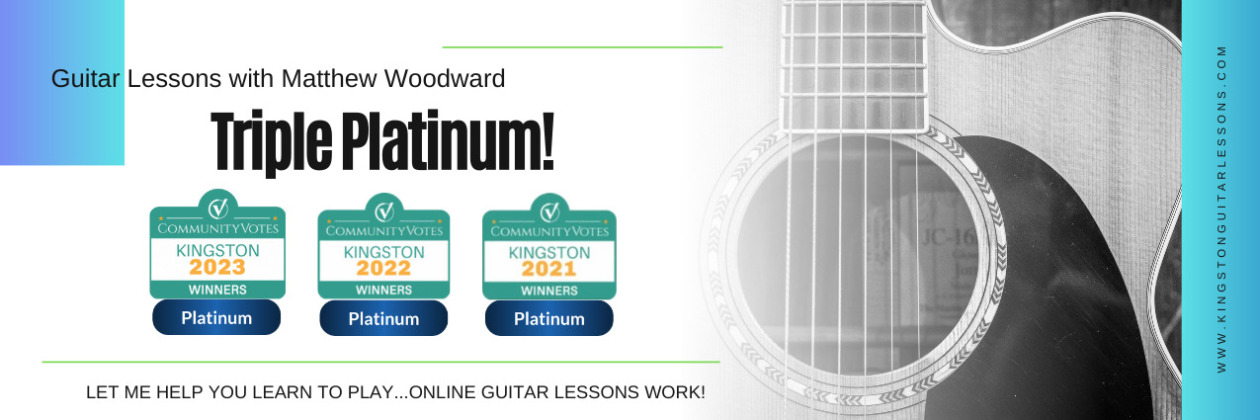Don’t know what to pick for that picker? Well, here’s a list of…
Great Gifts for Guitar People!
guitar strings
string winders
picks
blank manuscript paper
guitar magazines
guitar polish
lottery tickets
9-volt batteries
a set of precision screwdrivers
wire cutters
a hamburger AND fries, maybe a soft drink too
CASH!
a couple of Red Stripes on the beach in Ocho Rios…
a nice guitar slide
cool music posters
portable USB storage drives
funky fabric guitar straps
patch cables and short jumpers
microphone cables
CASH!
a subscription to their favourite guitar magazine
guitar tablature books featuring their favourite musicians
music CDs
music theory texts
music stands
music stand lights
guitar stands
more lottery tickets
a cab from Montego Bay airport to Negril beach…
funky leather guitar straps
soft “gig bag” cases
“how-to” and coffee table style guitar books
Shubb or Kyser capos
cheap electronic tuners
fancy patch cables
AC adapters
microphone stands
CASH!
instructional videos & DVDs
a case of 24 Red Stripe(!)
cabfare from Montego Bay to Port Antonio…(maybe)
a gig in a local club
CASH!
cheap effects pedals
a guitar set-up and inspection from a local shop
better electronic tuners
CD box-sets by their favourite artists
hard-shell guitar cases
portable CD/MP3 players
new preamp tubes for their amplifier
very small practice amps
concert tickets
a day’s worth of groceries (maybe)
headphones
a day trip to the Bob Marley Museum…
A 10 Lesson Gift Certificate for Lessons With Matthew Woodward(!) Here’s a link to The Best Gift Ever!
new tubes for a full-size amplifier
replacement guitar pickups
a pickup installed into their acoustic guitar
better effects pedals
good quality microphones
better small amps
entry-level acoustic guitars
rehearsal space rent
CASH!
portable CD/MP3 players
CD/DVD burners
fast hard drives and storage disks
decent computer sound cards
entry-level digital recording software
USB recording interfaces
a week’s worth of groceries
accommodations in an inexpensive guest house in Port Antonio for a week…
better quality, semi-pro acoustic/electric guitars
flight cases
promo shoot with a good photographer
good amps
portable multi-track recorders for the songwriters out there
CASH!
good stereo systems
good recording computer interfaces
multi-effects units
nice drum software
better yet – a half-decent set of drums
pro-level digital recording software
recording studio time
return airfare to Jamaica…
real nice acoustic/electric guitars
real nice “boutique” tube amplifiers
great home recording equipment
real nice cars & trucks
many beers
rehab (No…no, no!)
awesome drums
a fully-equipped, state-of-the-art recording studio
a cool van for the band to tour around in
an extremely fast computer
good management and a publicist
a hit record
CASH!
a scenic piece of beach-front property and a nice little house in Jamaica…
If you enjoyed this post, please share it with others using the social media links below. I won’t mind one bit. I only ask that you respect my personally-created, copyrighted material by mentioning where you got it from. 🙂
Your comments, corrections or suggestions for future posts are also ALWAYS most welcome.
© 2023 Matthew Woodward

























